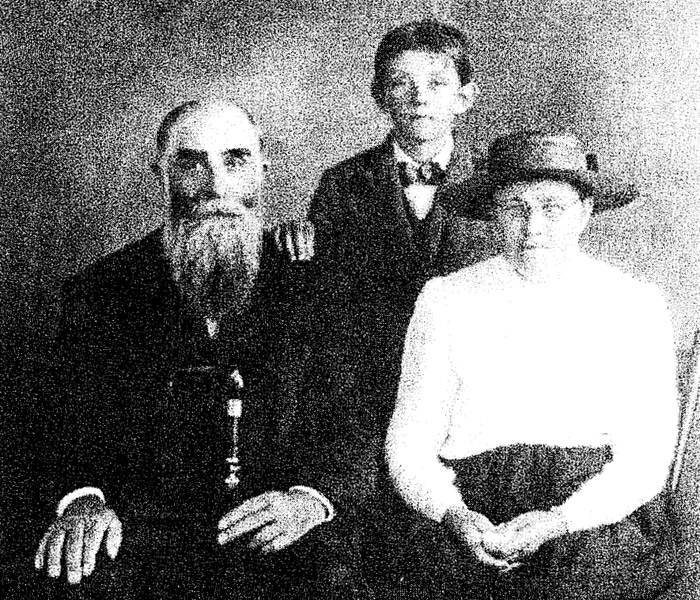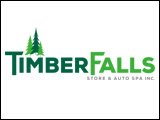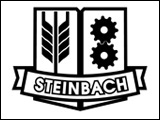Johann S. Friesen and Anna Barkman were married just months before setting sail for Canada as newlyweds, accompanying both their parents. Anna displayed extreme bravery on the journey when they were stopped at Odessa. Johann was carrying their life savings and was attacked by two assailants. Anna gave “a hard blow to the face with her fist,” causing the men to run off! Being the tender ages of 21 and 20, Johann and Anna were the youngest original Steinbach settlers with their own Wirtschaft.
In 1880 they built a house on their lot and Johann went into partnership with his father-in-law on a flour mill they built that same year. He continued to work there as a part-owner. By 1883 fortunes had seemed to change, and “pressing debts” they had incurred led to them selling their lot to widow Maria Plett and moving to a farm with a stone house in Hochstadt (south of Kleefeld). In 1904 they sold this farm and moved to Winnipeg, becoming the only original Steinbach settlers to hold property in the city. Johann farmed with oxen long after others transitioned to using horses. He was also known for privately hauling mail by using a donkey and buggy, leading to his nickname Äsel Fries’e (Donkey Friesen).
The Friesens had 11 children who grew to adulthood. Of those, four married non-Mennonites, which was a high ratio for that generation. One son, Peter X. Friesen, was a machinist who worked the well-drilling rig for Cornelius K. Friesen (founder of Friesen Drillers). He was tragically killed when a piece of drilling machinery struck him on the head while at the bottom of a well shaft. Son Dietrich moved with his wife to Warman, Sask., son David moved to Edmonton and both daughter Aganetha and son Abraham relocated to British Colombia.
Maria Brandt purchased Wirtschaft 4 from the Friesens in 1883 after having lived with the Kroeker family since 1876. Her husband had died in 1871 in Russia, leaving Maria widowed with a four-year-old son. Margaretha Kroeker was her sister-in-law, but she had a brother, Heinrich Brandt of Wirtschaft 17, who also lived in Steinbach. She had considerable means and after purchasing the Friesen home in 1883 for $1200, she amassed 320 acres of farmland, multiple buildings worth $500, two horses, three oxen and other cattle and farm implements by 1884.
Maria’s son Isaac B. Plett was an interesting character who began a farm machinery business, but seemed to regularly run afoul of the Kleine Gemeinde rules. Some of his extravagances led to him leaving Steinbach after driving a significant wedge between him and the church. He worked on several inventions, notably an early snowmobile, airplane and helicopter (neither got off the ground). Not all his inventions were failures, and he developed the first self-feeder for a threshing machine in Canada. Innovation ran in the family, and his son Isaac D. Plett would go on to invent a device for simplifying honey harvesting, a product that would contribute to the success of C.T. Loewen’s firm, which mass-produced the equipment.
See Ralph Friesen, Between Earth and Sky, 72-77, for a more detailed account of both the Friesen and Plett families.




